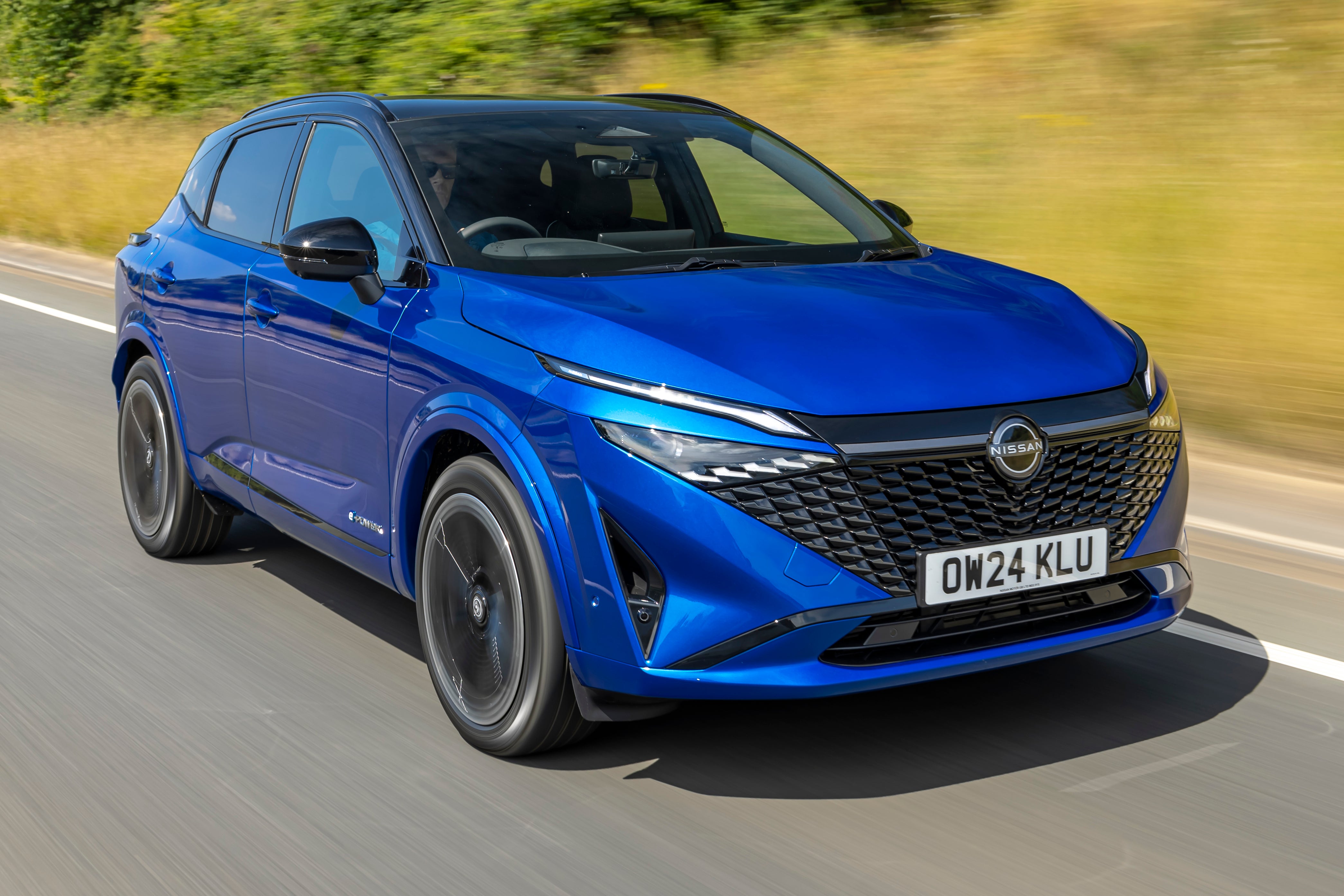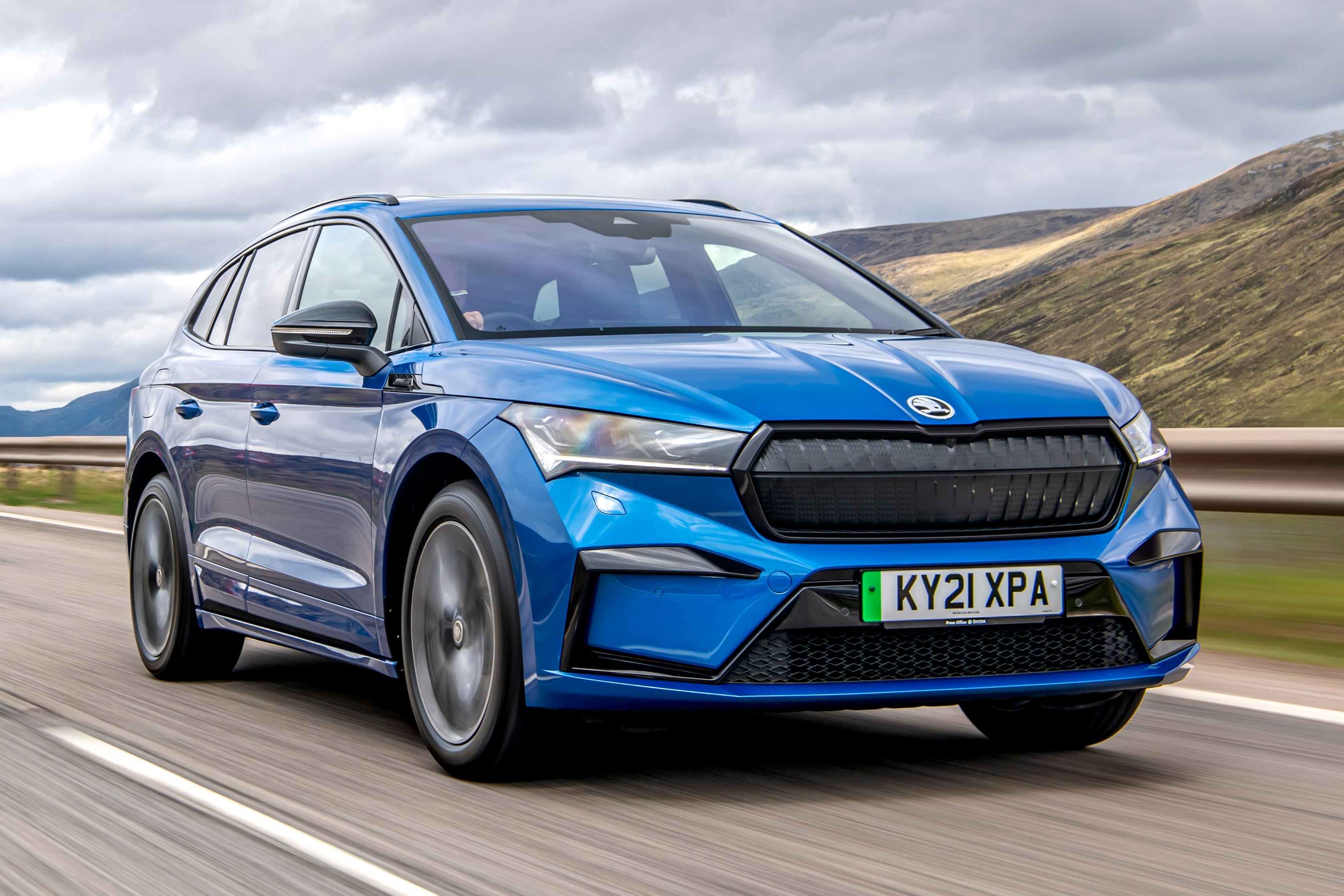21/08/2024
What is a DPF? All you need to know about Diesel Particulate Filters
Written By Andrew Brady

DPFs (or diesel particulate filters) make diesels run cleaner, but how do you know if your car has a DPF? How does a DPF work? How do you keep it in good condition and what DPF problems might you encounter if you don’t keep look after it?
What is a DPF?
A diesel particulate filter (or DPF for short) is part of a diesel car's exhaust system that's designed to filter out harmful soot.
Diesel engines produce a lot of soot when they burn fuel. This soot is what's known as particulate matter. It’s a very fine substance that can cause serious health problems, namely breathing problems.
The job of the DPF is to filter and store this soot in order to reduce emissions from diesel cars. But because they have a limited capacity, this soot has to be regularly burned off to regenerate the DPF.
If the soot blocks the filter, this can stop the engine from running and leave you with a hefty repair bill for either cleaning, or worst case scenario, replacing, the DPF. It's no surprise we get some many questions from readers about DPFs, especially if they're thinking about buying a diesel car.
Does my car have a DPF?
If it was built after 2009 then it will do. All diesel cars since September 2009 have to be fitted with a DPF in the exhaust to stop this soot passing into the atmosphere. It's part of the Euro 5 standard for diesels but be aware that some cars built before this date also come with DPFs.
What does a DPF actually do?
The job of the DPF is to filter and store soot from diesel engines. So what does it do with all that harmful soot? The DPF burns it off the filter at high temperatures, leaving a residue of ash behind. This is what is known as regeneration.
Regeneration burns off the excess soot in the filter, reducing harmful exhaust emissions and helps to prevent the black plumes of smoke you sometimes see from older diesel vehicles when they accelerate. There are two types of regeneration - active and passive.
How do I know when my DPF is blocked?
If your DPF is nearly blocked, a DPF warning light will flash up on your dashboard – that’s your cue to take your car for a long, fast run so the DPF can burn off soot before it becomes permanently blocked.
Older diesels which do lots of short, slow runs often suffer from blocked DPFs that have to be unblocked manually or even replaced entirely.

What is passive regeneration?
This takes place while driving, using the heat of the exhaust. Doing this on a regular basis is enough to burn off the soot and turn it to ash. However, it requires the temperatures created when a car is running at speed for a sustained period of time.
To make sure that the regeneration takes place, it's advised that diesels are driven for a good 30 to 45 minutes on a motorway or A-road at a constant speed.
However, passive generation isn't always possible, for instance if you sit in lots of traffic. So car manufacturers have designed active regeneration.
What is active regeneration?
Active regeneration works by injecting extra fuel in order to increase the the temperature of the exhaust gases and burn off the soot in the DPF. It still requires a journey of a reasonable length though - around 10 minutes at 40mph or more is the suggested time.
How do I know if my DPF is regenerating?
When the DPF is regenerating you may notice the the cooling fans running and higher fuel consumption. The tell tale sign for many is a hot and unusual smell from under the car. The engine idle speed can also be higher than usual. If your car has start-stop, you'll likely find that it's deactivated during regeneration.
How do I keep my DPF in good condition?
Going for a 40-minute motorway drive is a fail-safe way of keeping your DPF filter in good condition, but there are some other tricks.
One of those is making sure your car isn't always running on an empty fuel tank. Some cars won’t regenerate their DPFs if their fuel is low because it burns more diesel so even if you are on the motorway, your DPF won’t get cleaned.
Another top tip is to make sure you use the oil recommended by your car’s manufacturer, the wrong stuff could contain additives that damage your car’s DPF.
Why do DPFs get clogged up?
DPFs get clogged with soot if regeneration doesn't happen often enough. If that's the case you'll get a DPF warning light come up on the dash. This usually happens to drivers of older diesels that do lots of short trips, or lots of start/stop driving, because the vehicle doesn't get up to a high enough temperature to achieve passive regeneration. Cars with active regeneration should see fewer DPF problems.

How do I prevent my DPF from clogging up?
You need to ensure your DPF regenerates in order to stop it clogging up with soot. That means driving it a sustained speed for 30 minutes or more. How often you should do this depends on the kind of driving you're doing but if you sit in a lot of traffic, a good motorway or dual-carriageway run at 60mph once a week will burn it off.
Active regeneration will be initiated every 300 miles or so depending on how you use your car and will take around 5 to 10 minutes to complete.
What happens if you ignore a DPF warning light?
If your DPF becomes clogged with soot, you will get a warning light on your dash. Driving at a sustained speed in order to burn the excess soot off is often enough to clean the DPF and solve the problem without needing to visit a garage.
But if you ignore this warning light, the car will eventually go into limp mode to prevent further engine damage.
If left any longer, the DPF won’t be able to regenerate itself and will need to be cleaned or even replaced.
You should also ensure you use the right engine oil. Certain oils contain additives that can actually block DPFs. Using low-quality fuel and running the car frequently on a low fuel level can also harm a DPF because the car may avoid regeneration in order to save fuel.
How much does it cost to manually clean a DPF?
If your DPF becomes permanently blocked all is not lost, places like Halfords can carry out forced regeneration which – for around £85 – clears your DPF by injecting it with cleaning agents. Or you can pay for a more expensive overnight deep soak.
Other companies like Terraclean offer preventative maintenance priced from £110 (engines less than 2 litres) to £130 (cars more than 2 litres) which helps your car burn off soot at lower temperatures to stop the DPF getting blocked in the first place.
Where can I get my DPF cleaned?
If your DPF light comes on and driving it at speed doesn't solve the problem, it may need cleaning. There are plenty of places you can get this done without it breaking the bank.

How much does a replacement DPF cost?
If you don't maintain the DPF properly, excess soot can damaged the DPF beyond repair. If this is the case, it has to be replaced - and they're very expensive. A new DPF can cost anywhere from £1000 up to £3500. There are DPF suppliers that charge less, but make sure they have the correct Type Approval or they may not work properly and end up costing you more in repairs.
How long should a DPF last?
A DPF can last up to around 100,000 miles if maintained properly. After the car has exceeded that mileage, you could be looking at paying a large amount of money for a replacement - so always properly check MoT and service records when buying a used car. Otherwise, you could end up forking out for unexpected repairs on high mileage diesels.
Can I remove the DPF?
No - it is illegal to drive a car that was designed to have a DPF without one fitted. This is because should you remove it, your car no longer meets its emissions standards. Owners face fines of up to £1000 for cars and £2500 for vans if caught. Removing a DPF can also invalidate your car insurance policy.
From February 2014, checking the presence of a DPF became part of the MoT test procedure. All cars that are designed to have a DPF now get inspected for one. If it’s missing it will mean an immediate failure.
Is a DPF covered under warranty?
Most manufacturers' warranties don't cover the cost of DPF replacement if the fault is deemed to have been caused by the owner's driving style. Given that a replacement DPF costs around £1000 it's not hard to see why manufacturer's aren't keen to cover them.
There are lots of factors in the lifespan of a DPF such as the annual mileage of the car, the oil used and what manufacturer's would call 'the driving style' of the owner. We are yet to hear of anyone being able to get a DPF replaced under warranty.
Your car will be fitted with a DPF if it was built after 2009. DPFs burn the harmful soot produced by diesel engines and became mandatory with the introduction of Euro 5 emissions standards. That said, some older cars will also have a DPF fitted.
All new diesels have a DPF fitted. DPFs became mandatory in 2009, however, a handful of older diesels will have one fitted, too. Soot spewing out the back of your diesel is the telltale sign it doesn't have a DPF.
To stop your DPF from clogging, bring your car’s engine up to temperature and then drive it on the motorway at a steady pace allowing the engine to rev at 2000rpm or above. The heat generated will put the DPF into its regenerative cycle so that it burns off the soot it has stored.
- Audi Q2 review | Audi Q3 review
- BMW X1 review | BMW X2 review
- Citroen C3 review | Citroen C3 Aircross review
- Dacia Duster review | Dacia Sandero review
- Ford EcoSport review | Ford Kuga review | Ford Puma review
- Honda Jazz review
- Hyundai i20 review | Hyundai Kona review | Hyundai Tucson review
- Kia Picanto review | Kia Rio review | Kia Sportage review | Kia Stonic review | Kia XCeed review
- Mazda 3 review
- MG HS review | MG ZS review | MG ZS EV review
- Nissan Juke review | Nissan Leaf review | Nissan Note review | Nissan Qashqai review
- Peugeot 208 review | Peugeot 2008 review | Peugeot 3008 review | Peugeot 5008 review
- Renault Captur review | Renault Kadjar review
- SEAT Arona review | SEAT Ateca review
- Skoda Enyaq review | Skoda Kamiq review | Skoda Karoq review
- Skoda Kodiaq review | Skoda Scala review | Skoda Yeti review
- Suzuki Vitara review
- Vauxhall Crossland X review | Vauxhall Grandland X review | Vauxhall Mokka review
- Volkswagen T-Roc review
- Volvo V40 review | Volvo XC40 review | Volvo XC60 review
Loading...
More car features explained
With lots of abbreviations and tech to get your head around, our expert guides explain all.




